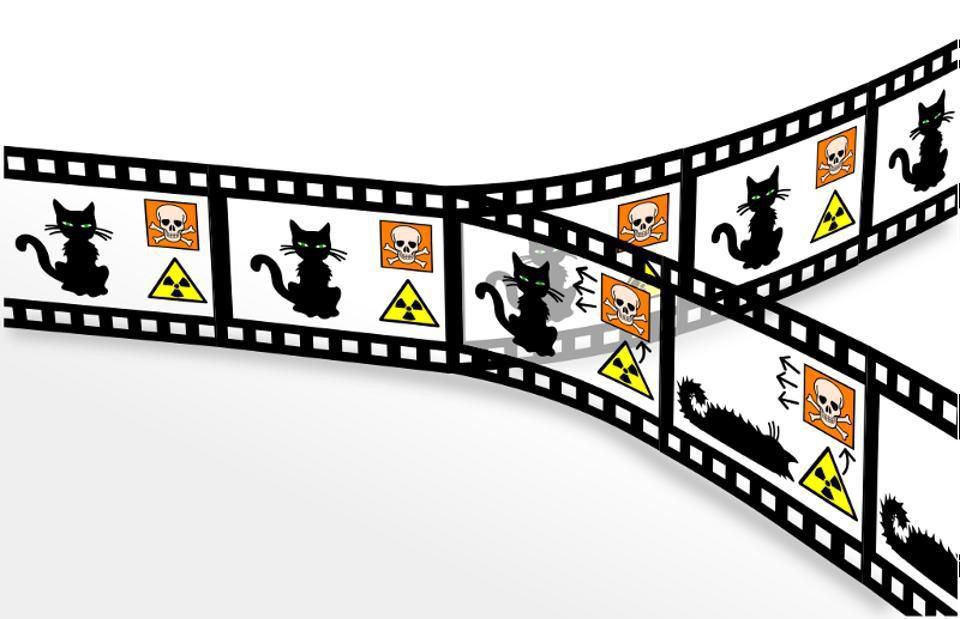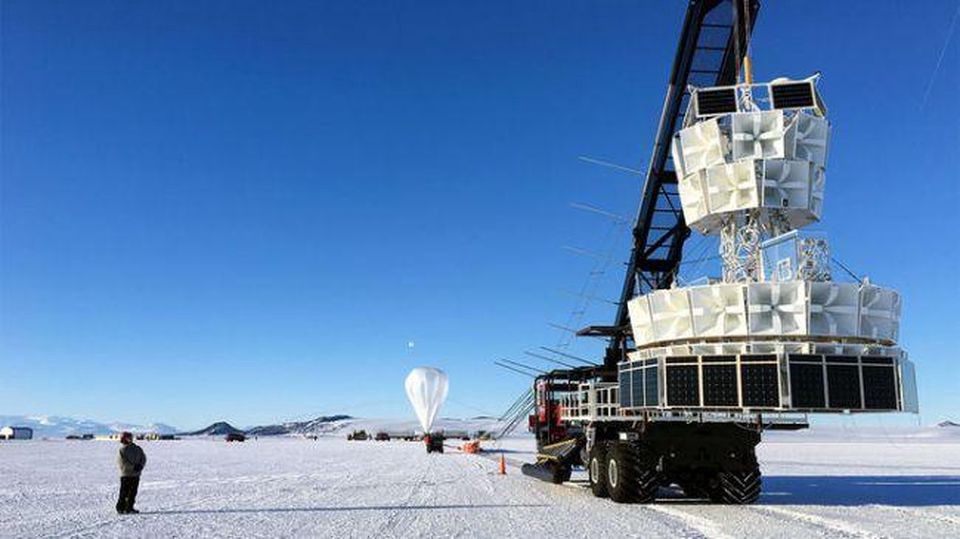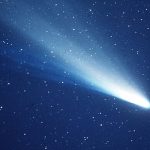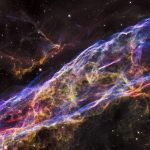Key Takeaways:
- Recent claims suggesting evidence for parallel universes from the ANITA experiment have sparked excitement, but scientific skepticism is crucial.
- The idea of parallel universes stems from theories like the many-worlds interpretation of quantum mechanics and the concept of a multiverse.
- Testing or proving the existence of parallel universes poses a significant challenge in physics, as these hypothetical realms cannot be accessed or observed directly.
- The ANITA experiment, designed to detect cosmic particles, observed radio waves beneath the Antarctic ice, leading to speculation about parallel universes.
- Closer scrutiny, particularly by the IceCube experiment, indicated that the observed signals were inconsistent with the proposed high-energy tau neutrinos from parallel universes.
The notion of parallel universes, a concept embedded in theoretical physics and science fiction, has recently stirred intrigue due to claims arising from the ANtarctic Impulsive Transient Antenna (ANITA) experiment. While parallel universes offer tantalizing possibilities, scientific rigor demands cautious evaluation of such assertions.
Quantum mechanics introduces the idea of parallel universes through the many-worlds interpretation, suggesting that all possible outcomes occur, each in its unique universe. Another avenue leading to parallel universes is the concept of a multiverse, arising from the inflationary phase preceding the observable universe’s birth. However, testing or substantiating these theories remains elusive, given the inherent challenges in observing or interacting with parallel universes.
The ANITA experiment, designed to detect cosmic particles, recently detected radio waves beneath the Antarctic ice, prompting speculation about evidence for parallel universes. However, scientific inquiry requires meticulous scrutiny, and premature acceptance of revolutionary explanations is cautioned against. Maintaining skepticism is vital, emphasizing the importance of verifying new hypotheses against known laws of nature.
Physics struggles with the inherently speculative nature of parallel universes. Quantum physics, characterized by unpredictable outcomes, contributes to the allure of these ideas. The many-worlds interpretation proposes an infinite number of parallel universes to accommodate all potential quantum outcomes. Additionally, the multiverse theory suggests an uncountable number of disconnected universes, each initiated by cosmic inflation.

The fundamental challenge lies in testing or constraining predictions related to parallel universes. As entities confined to our universe, accessing others remains implausible. Known laws of physics dictate the conservation of matter and energy, with no observed interactions demanding the existence of external universes in prior experiments.
The ANITA experiment’s unexpected findings fueled speculation about parallel universes, envisioning a universe where matter and energy from alternate realms could interact with our own. This grandiose claim, if validated, would revolutionize our understanding of the universe and open the door to science fiction-like scenarios.

However, a closer examination of the ANITA experiment’s results reveals skepticism is warranted. The experiment detected radio signals attributed to high-energy tau neutrinos traveling through the Earth. Yet, subsequent observations by the IceCube experiment, a more sensitive neutrino detector in Antarctica, refuted this interpretation. The absence of a definitive signal in IceCube contradicts the notion that these neutrinos regularly traverse the Earth.

Scientifically, the ANITA experiment’s findings boil down to three possibilities: an astrophysical source, a flaw in the detector or data interpretation, or an exotic phenomenon beyond the Standard Model (CPT violation). Rigorous analysis and subsequent experiments have ruled out the astrophysical source, leaving the door open to detector-related issues or the speculative CPT violation.
In the realm of skepticism, physicist Ian Shoemaker proposed a mundane explanation for ANITA’s observations. Ultra-high-energy cosmic rays reflecting off Antarctic ice could create the illusion of particles traversing the Earth. This underscores the importance of exhausting conventional explanations before embracing radical ideas.
The scientific process, exemplified in this scenario, showcases the commitment to rigorous investigation. ANITA’s unexpected results prompted further scrutiny by IceCube, leading to the rejection of the initial interpretation. The scientific community remains dedicated to uncovering truths through continuous inquiry, reinforcing the need for evidence-based conclusions.
In conclusion, while the idea of parallel universes captures the imagination, the ANITA experiment’s findings, when subjected to thorough analysis, highlight the importance of scientific skepticism. As of now, parallel universes remain a speculative concept, confined to the realms of science fiction and theoretical physics. Ongoing research and advancements in experimental techniques may provide new insights, but for now, the quest for evidence in support of parallel universes continues.


